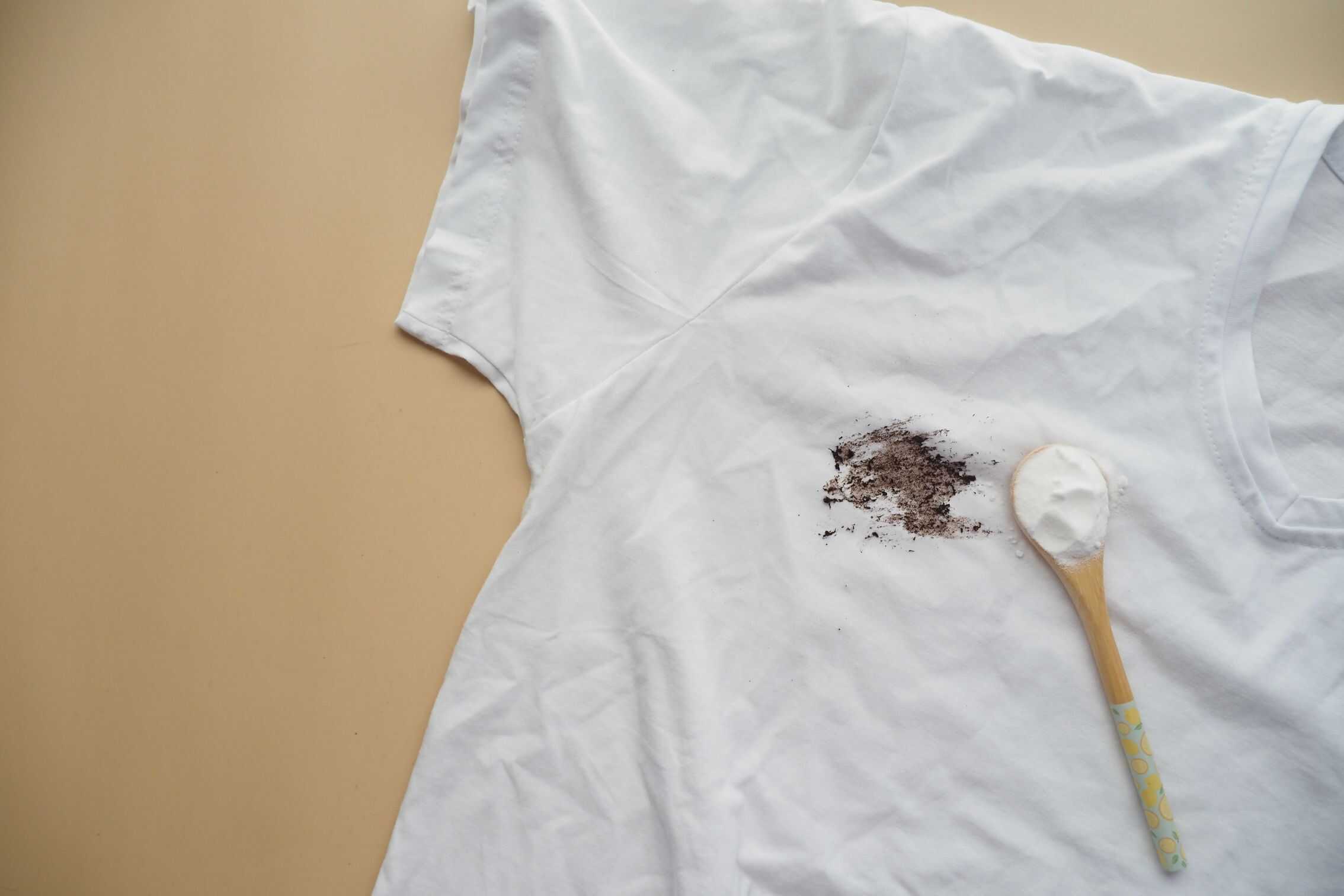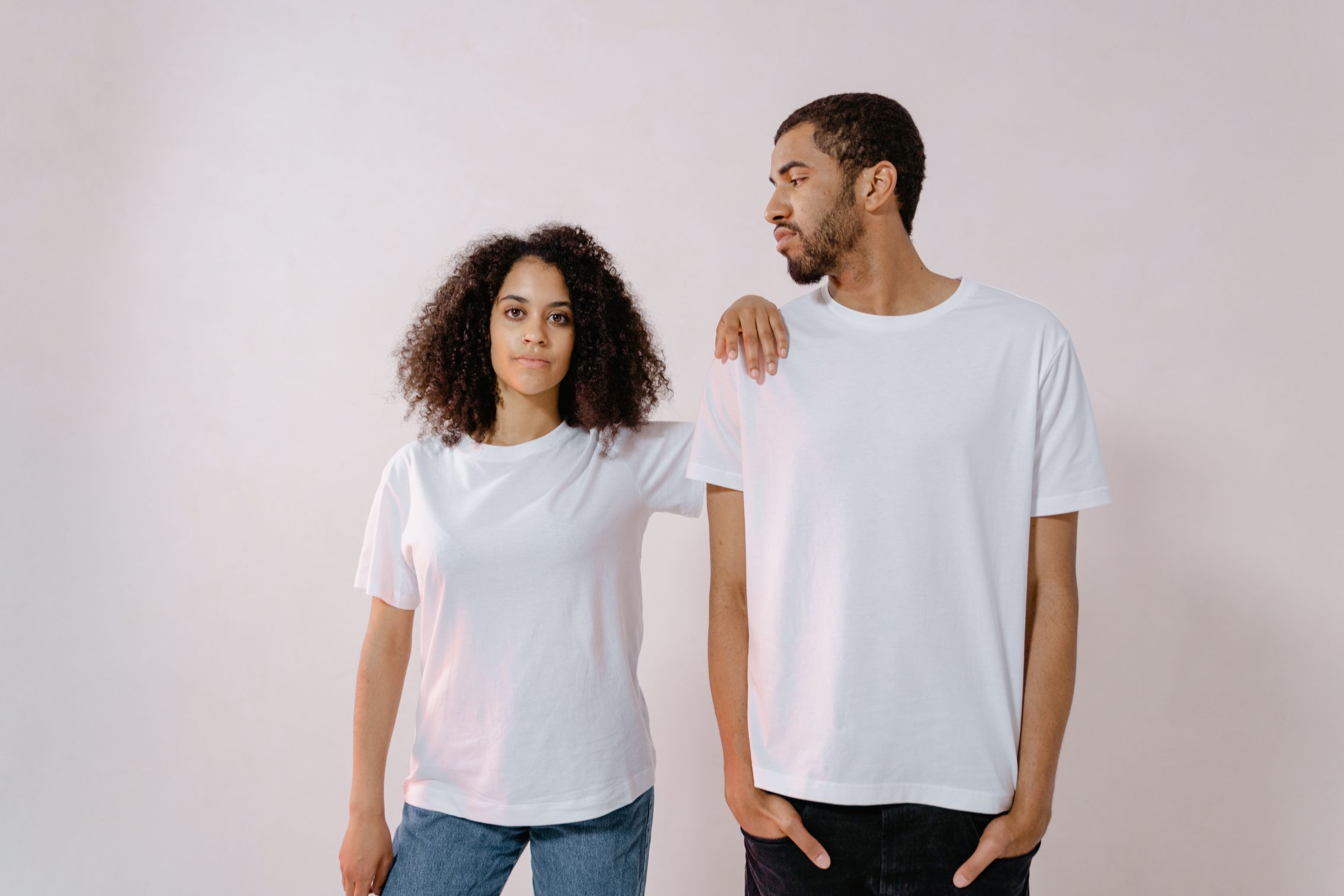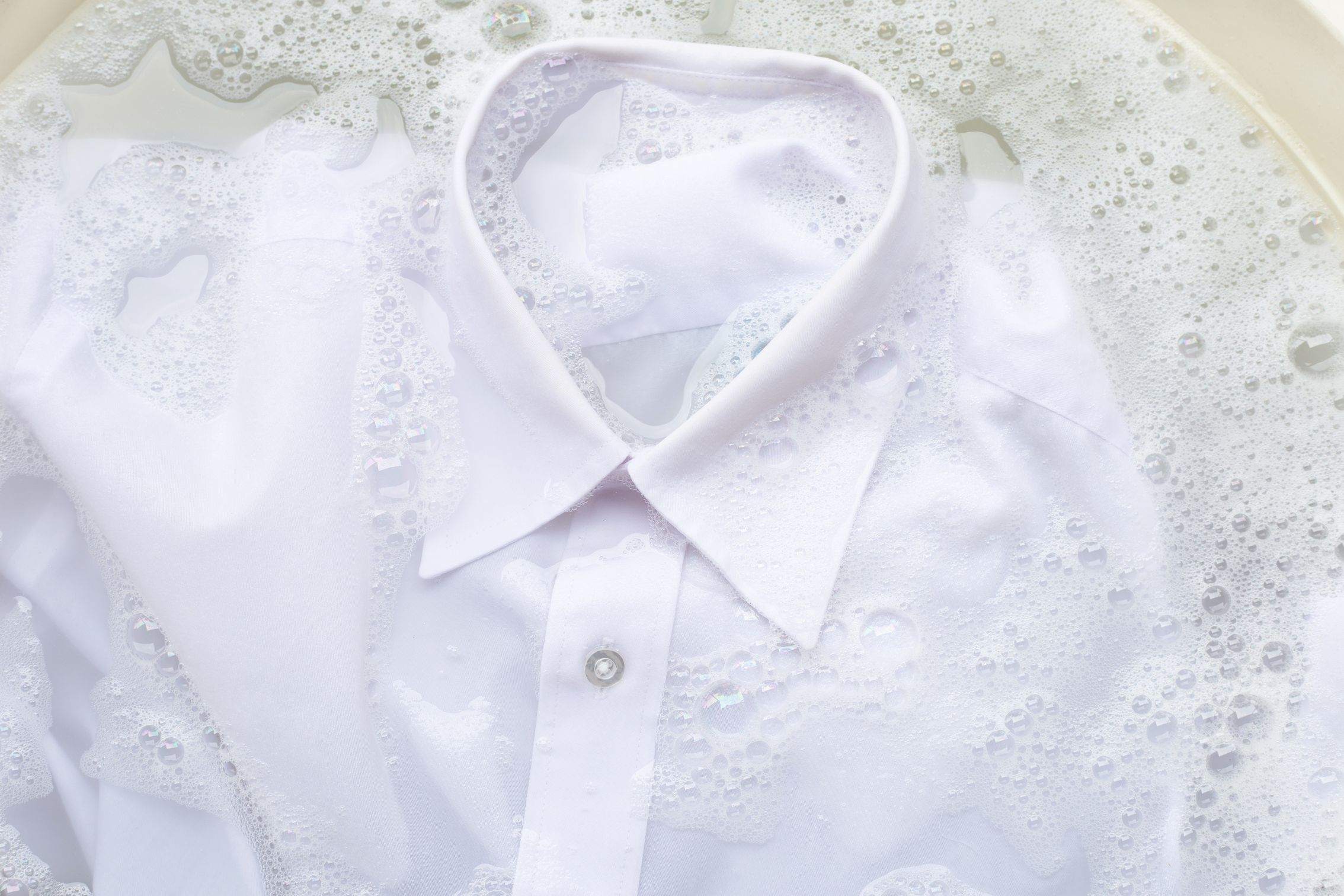Cookware Materials 101
– Everything You Need to Know Summarised

This post was last updated in 2024
Hello there my eco-conscious warriors 😊
When choosing cookware, most of us focus on performance—how well it heats up, whether food sticks or how easy it is to clean. But have you ever considered the environmental impact and safety of the materials your pots and pans are made from?
From stainless steel and cast iron to more modern cookware materials like ceramic and non-stick coatings, each type of cookware has its own set of eco-friendly properties and potential health risks. This guide provides a summary of everything you need to know about the most popular cookware materials out there – breaking down their environmental footprint, toxicity concerns as well as everything you need to understand the performance of each type of cookware.
Here is a list of the different types of cookware materials covered in this blog post:
If you don’t have time to check out each section, here’s a summary of my summary of different cookware materials:
- Pure ceramic seems to be the most eco-friendly material choice. While stainless steel, cast iron, and carbon steel are highly durable and recyclable so are also good options.
- Stainless steel is the most versatile but it’s nickel content can be a concern for some.
- Cast iron and carbon steel retain heat well but can rust if not maintained; they’re best for high-heat cooking.
- Copper is known for precise heat control but it is expensive and requires lining to prevent toxic copper leaching.
- Pure ceramic cookware is a fully non-toxic, eco-friendly option for low-heat cooking but can be fragile.
- Enamelled cast iron is easy to clean and safe for acidic foods but is heavy, not to mention recent concerns about toxicity.
- Ceramic-coated non-stick offers a safer non-toxic option but has a limited lifespan as the coating wears down.
- Anodized aluminium is lightweight and non-reactive but metal leaching does concern some.
- Die-cast iron and traditional non-stick are affordable, but non-stick coatings may release harmful chemicals if overheated.
It is difficult to make a call on what cookware is best for you – it depends on how much you value different performance measures, how you view the potential impact on the environment and how concerned you are about various toxicity concerns that are raised. There are no clear winners in this list.
The information I have gathered was based on various websites and blog posts (all listed below this post). The information is very generalised – performance can vary depending on the brand.
But there’s enough to give you a clear understanding of the different types of materials out there. I personally found it so overwhelming, reading about all these different materials types and not understanding the differences between them all so iI needed this!
Some points to keep in mind when reading the information below:
- “Retains heat well” means the cookware will stay hot after being turned on
- “Conducts heat well” means the cookware heats up fast
- “It can handle a variety of heat sources” means it can be used over gas and electric (induction) cooktops and over open flames
- The photos shown below do not represent the products mentioned. They’re just generic images.
Okay let’s get into it 🚀
Stainless steel
Stainless steel contains a minimum of 10.5% chromium by mass and various degrees of nickel, carbon and iron. It is typically graded on nickel content – the higher the grade, the more nickel in the product. High nickel is desired since that reduces corrosion.
Eco-friendliness: Stainless steel is highly durable and recyclable, with many eco-conscious brands using recycled materials.
Toxic/Non-toxic: Generally non-toxic, however under certain conditions it can leach nickel and chromium, which some may be sensitive to.
Leaching of nickel and chromium can occur with increased cooking time and pH (although you can buy nickel-free products). This can be a problem for those sensitive to these metals. However, the conditions for leaching are pretty extreme and unlikely to be reached.
Best for: Everyday cooking, boiling, and sautéing.
Pros:
- Highly durable
- Relatively lightweight
- Can handle a variety of heat sources
- Oven safe
- Retains heat well
- Can handle acidic foods
- Does not retain odours
Cons:
- Can be difficult to clean (colouring/browning can be hard to remove) but is is dishwasher safe and at least it doesn’t rust like cast iron!
- You need to use it right for it to be non-stick (wait til its fully heated, add oil and wait til it smokes – can be a pain if you are not used to this)
- Does not conduct heat as well as thinner metals
Where to get one: Solidteknics (affiliate link)
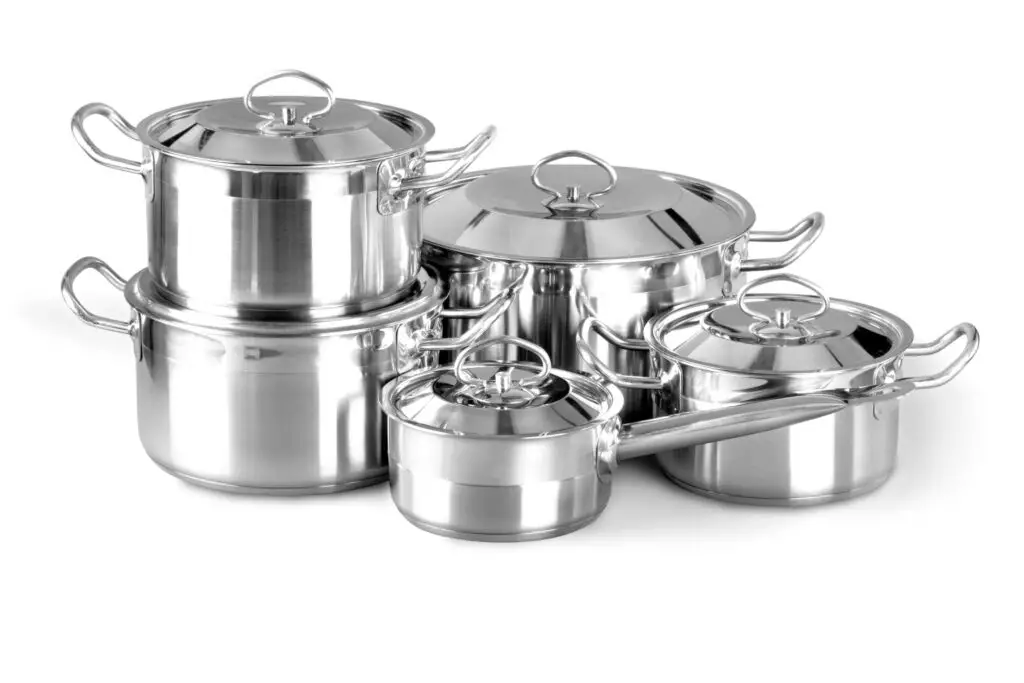
Cast Iron
Cast iron cookware is (duh) made from iron and 2-4 % carbon, silicon and manganese.
Eco-friendliness: Cast iron is durable, long-lasting, and recyclable. Some eco-friendly brands use recycled materials.
Toxic/Non-toxic: Non-toxic, though it may leach small amounts of iron into food, which is generally safe.
Best for: Searing, baking, and high-heat cooking.
Pros:
- Highly durable
- Can handle a variety of heat sources
- Retains heat well
Cons:
- Heavy
- Can be difficult to clean. Prone to rust if not cleaned right or properly seasoned.
- If not properly seasoned, it won’t be non-stick.
- Not good for cooking low-pH foods as it can change the taste of these foods
- Can retain odours
- Leaching of iron occurs with long cooking times and low pH (however iron is an essential nutrient so it is relatively safe)
- Does not conduct heat well
Where to get one: AGA Australia (for cookware made from recycled materials)
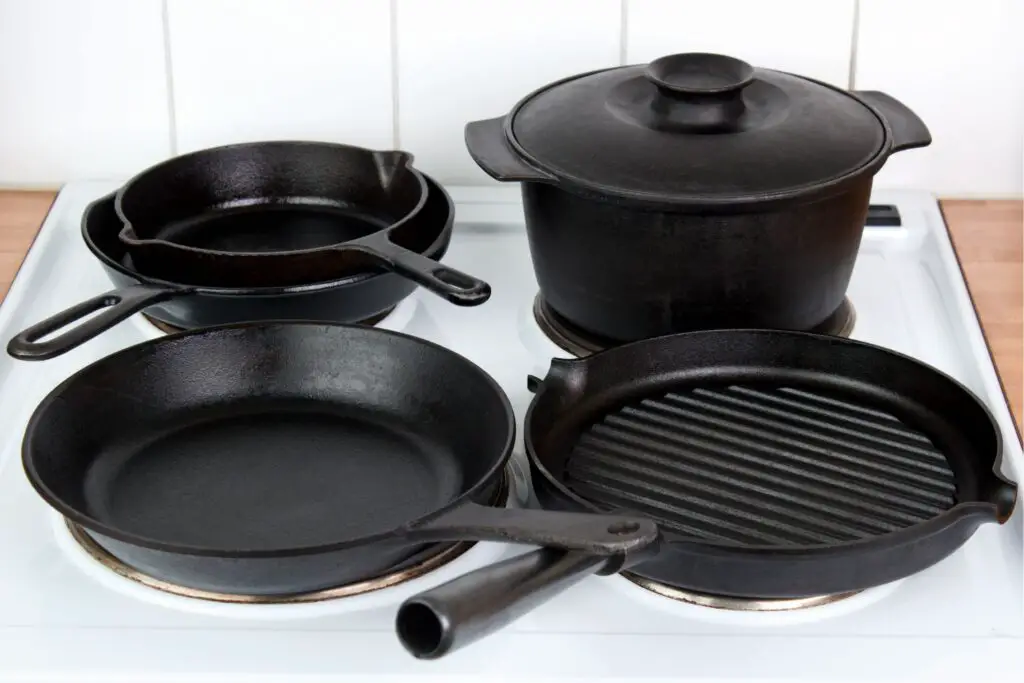
Carbon Steel
Carbon steel is often comprised of 99% iron and 1% carbon.
Eco-friendliness: Durable and recyclable, with minimal environmental impact when produced sustainably.
Toxic/Non-toxic: Non-toxic when seasoned, but can leach iron into food, which is generally safe.
Best for: Frying, sautéing, and high-heat cooking.
Pros:
- Highly durable
- Can handle a variety of heat sources
- Retains heat well
Cons:
- Heavy (but more lightweight than cast iron)
- Can be difficult to clean. Prone to rust if not cleaned right or properly seasoned.
- If not properly seasoned, it won’t be non-stick (but some find it easier to use than cast iron pans)
- Not good for cooking low-pH foods as it can change the taste of these foods
- Can retain odours
- Leaching of iron occurs with long cooking times and low pH (however iron is an essential nutrient so it is relatively safe)
- More expensive than cast iron
- Does not conduct heat well
Where to get one:: Scanpan Black Iron range. Solidteknics products could be classified as carbon steel I think – check them out through this affiliate link: Solidteknics
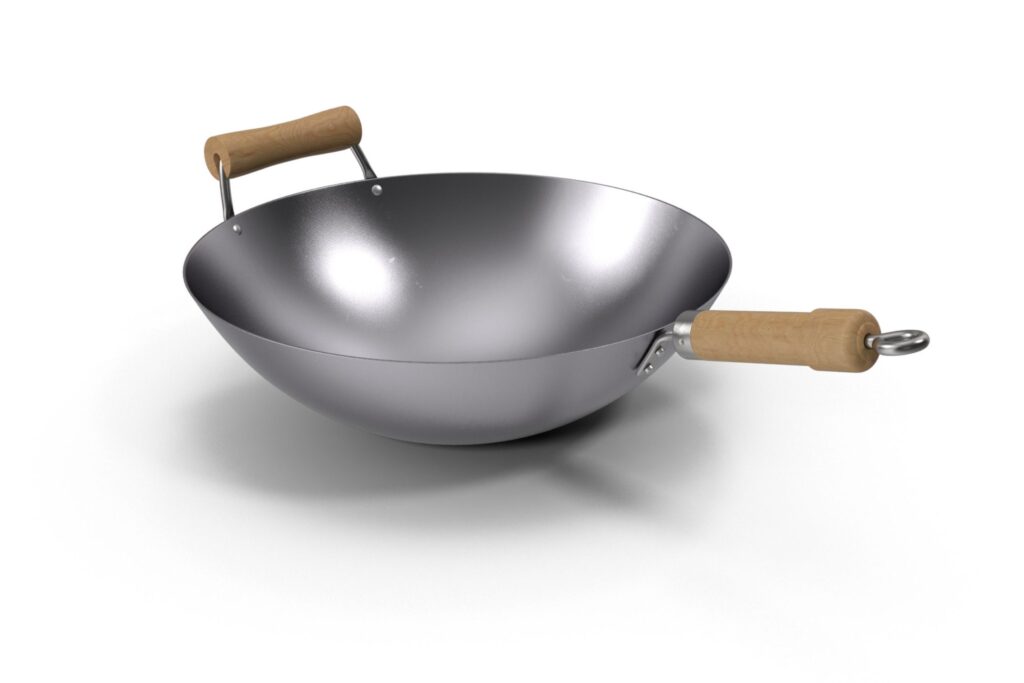
Copper
Eco-friendliness: Recyclable, but mining and production can have significant environmental impacts. Plus the metal lining in most products can make it difficult to recycle.
Toxic/Non-toxic: Copper leaching could be an issue in low-quality products. Copper can be toxic in large amounts. However most pans are lined with stainless steel to prevent this from occurring so it should not be too much of a concern.
Best for: Precise heat control, ideal for sauces and delicate dishes.
Pros:
- Lightweight
- Oven safe
- Conducts heat well
- Does not retain odours
Cons:
- Not as durable as the ones mentioned above
- Cleaning and maintennce is time consumung. You need to stick to non-abrasive cleaners and routinely polish.
- It does not retain heat well.
- If lined with stainless steel (as most are now) it won’t be non-stick unless you use it right.
- Copper can react with acidic foods and can make it taste metallic
- They can’t be used on induction cooktops or over an open flame (although some brands build in a magnetic base so they can be used on induction cooktops)
- SUPER expensive
Where to get one:: Chasseur Escoffier range (suitable for induction cooktops)
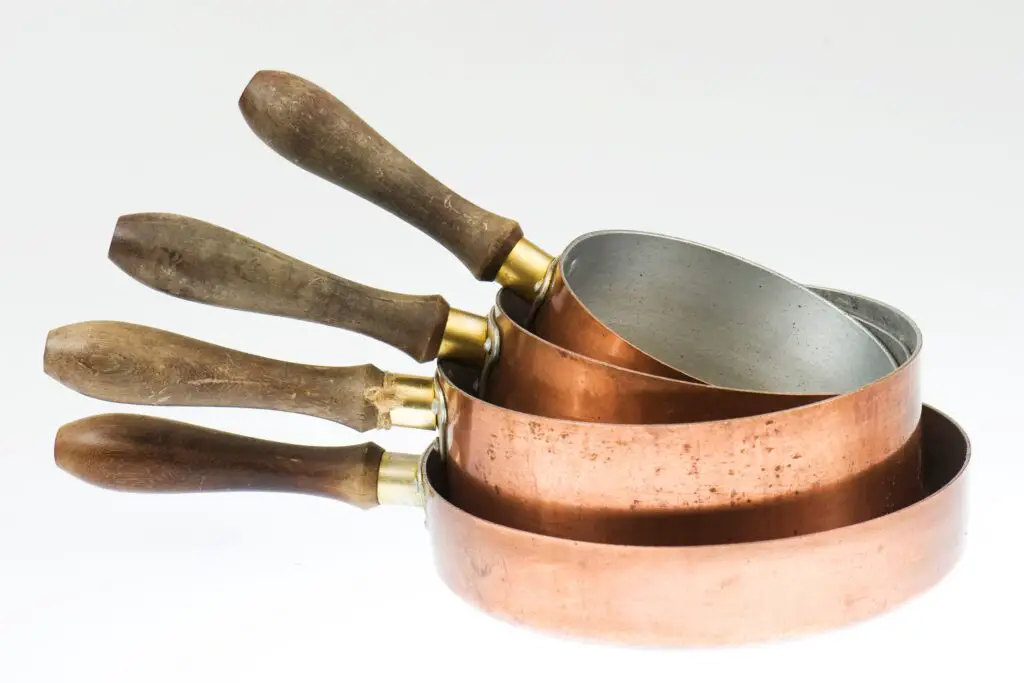
Ceramic
Here I’m talking about pure ceramic cookware – no metal core. Ceramic cookware is made of a mixture of water, clay and natural minerals fired up at very high temperatures.
Eco-friendliness: Pure ceramic is made from natural materials and is biodegradable, making it highly eco-friendly.
Toxic/Non-toxic: Completely non-toxic, as it contains no chemicals, metals, or coatings that could leach into food.
Best for: Low to medium heat cooking and baking.
Pros:
- Lightweight
- Oven safe
- Could be used over an open flame
- It retains heat well
- Easy to clean, dishwasher safe
- Non-stick
- No problem using this with high-pH foods
Cons:
- They can break easily and can crack with sudden temperature changes
- Does not conduct heat as well
- Not suitable for induction (unless a metal plate is used underneath)
- It can retain odours
Where to get one:: Xtrema
Enameled cast iron cookware
The body of enamelled cast iron cookware is still made from iron but the lining has a vitreous (glassy) enamel coating. This is made from glass particles fused to an underlying layer with intense heat. This process creates a non-porous finish that protects the core material of the pot or pan.
Eco-friendliness: Durable and long-lasting, but the enamelling process is energy-intensive.
Toxic/Non-toxic: Some products may contain harmful chemicals like lead or cadmium. Most notably Le Creuset came under fire a couple of years ago when past makes (particularly red, orange and yellow cookware) were found to have high levels of cadmium and lead. Cadmium is a known carcinogen. Lead is a known neurotoxin that causes brain damage and it takes the place of calcium in bones, among other things.
While Le Creuset has addressed these issues in their new lines and recent safety data puts these products in the clear, people still have some concerns. There are concerns that this is tested under set conditions. The findings could be different under household conditions or for cookware that has been used for some time. There might be a risk there.
Best for: Braising, soups, and slow cooking.
Pros:
- Highly durable
- Easy to clean. Dishwasher safe and it won’t rust!
- Oven and induction-safe
- Retains heat well
- Non-stick
- No problem using this with high-pH foods
- Does not retain odours
Cons:
- Heavy
- Do not use over an open flame
- Does not conduct heat as well
Where to get one:: Le Creuset
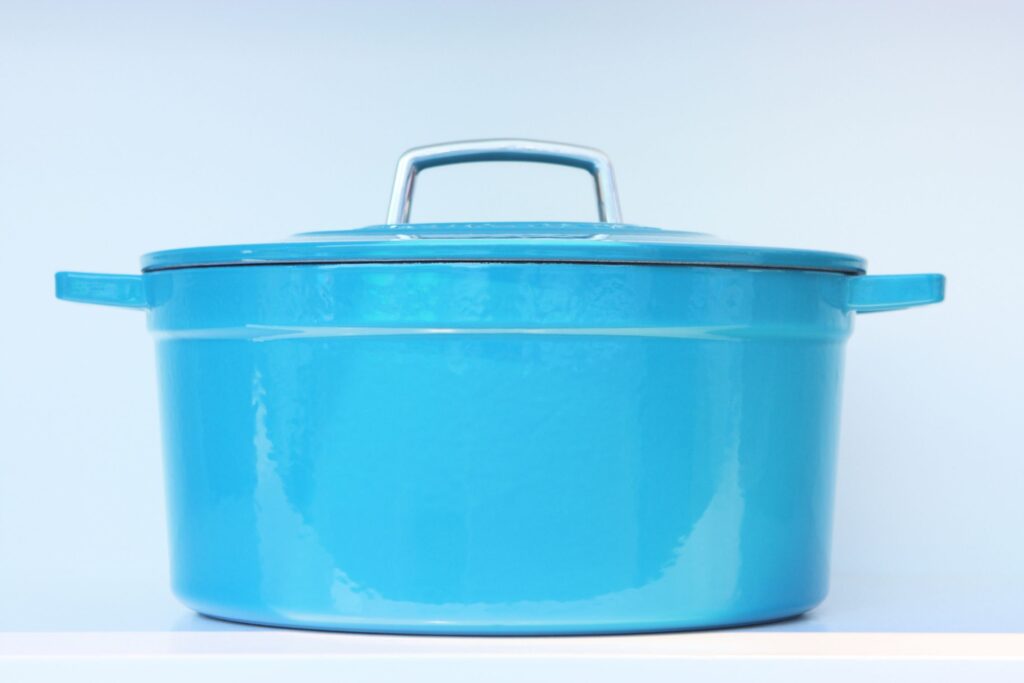
Ceramic-coated non-stick
These are typically aluminium pans with a ceramic lining. Some pans are made from stainless steel and others from aluminium – it does vary. Most rely on Thermalon, a sand derivative containing silicon dioxide, for the non-stick coating.
Eco-friendliness: More eco-friendly than traditional non-stick, but the ceramic coating can wear down over time, reducing its lifespan. It is not easily recyclable.
Toxic/Non-toxic: Non-toxic as long as the coating remains intact. Ceramic coatings are typically free from harmful chemicals like PFOA or PFAS.
There hasn’t been long-term testing of these newer items so some have concerns the ceramic coating will wear away. Since the pans themselves are (usually) aluminium, this could cause issues (see the next section).
Best for: Low-oil frying, sautéing, and gentle cooking.
Pros:
- Lightweight
- Can use over various heat sources
- Easy to clean, dishwash safe
- Conducts heat well (depends on the material used in the body of the cookware)
- Non-stick (although its ability to be non-stick can decline over time)
- No problem using this with high pH foods
Cons:
- Will likely need replacement after several years as the non-stick surface can wear down.
- Does not retain heat well (depends on the material used in the body of the cookware)
- It can retain odours.
Where to get one:: (so so many but one I have tried) Green Pan
Anodized Aluminium
We are talking about pure aluminium cookware here – not those coated with non-stick coatings (such as the ceramic ones mentioned above and traditional non-stick mentioned below).
Pure aluminium cookware is usually hard anodized aluminium, where a very thick durable layer of aluminium oxide is created on the surface of the aluminium.
Eco-friendliness: Aluminum is lightweight and recyclable, but its production can be energy-intensive. Opt for brands that use recycled aluminium for a more eco-friendly option.
Toxic/Non-toxic: Uncoated aluminium can react with acidic foods and may leach into food, potentially causing health issues. Anodized aluminium is a safer, non-reactive option.
The amount of aluminium that can leach into your foods when cooking is considered minimal. However, there are some concerned about this because leaching test results do vary depending on where the pots are sourced from and how they are made.
The effect of aluminium on our health can vary and there are no conclusive studies, but long-term exposure has been linked to bone abnormalities, nervous system problems, brain diseases, and impaired iron absorption. Some report exposure could also lead to Alzheimer’s, human reproduction issues and cancer, but there have been no conclusive studies on this.
Best for: General use, boiling, and sautéing.
Pros:
- Lightweight
- Can be used in the oven or over a flame
- Conducts heat well
Cons:
- Not durable, it will look banged up after some use!
- Not suitable for induction
- Does not retain heat well
- Not so easy to clean, not dishwasher safe
- Not completely non-stick (you need a non stick coating to make it truely non stick)
- It may retain odours
- It can not be used to cook high-pH foods
Where to get one:: (hard to find): Costante Imports

Die cast iron
Die-cast cookware is made from molten metal (typically aluminium) that is injected into a mould (different to cast iron cookware which is made from solid iron that is melted and poured into a mould).
Eco-friendliness: Die-cast iron is made through a casting process that uses more energy than traditional cast iron, but it is still durable and recyclable.
Toxic/Non-toxic: Reported to be non-toxic if uncoated (although I am not sure how that is the case!). However some die-cast iron cookware are coated with non-stick coatings.
It is unclear what is used in the non-stick coatings of die cast iron pans. It is hard to find blogs reviewing this material type. A review of some die cast iron cookware (like the ones sold by Fissman) gave me no clues about what materials are used for the non-stick coating. And that is a problem as you will see in the next section.
Best for: Roasting, slow cooking, and baking.
Pros:
- Durable
- Lighter than cast iron
- Easy to clean
- Suitable over a variety of heat sources
- Conducts heat well
- Typical has a non-stick coating
- Can cook high pH foods
Cons:
- Does not retain heat well as cast iron
- Not oven safe
Where to get one: Fissman Iron Die Cast Frying Pan
Non-stick cookware
Here I am referring to non-stick pans that are coated in fluoropolymer coating. Teflon is the name for the most common fluoropolymer coating. Up until 2013 it was made from PTFAs (perfluroalkyl substances), PFOS (perflurooctane sulfonate) and PFOA (perflurooctanoic acid), which have harmful affects on human health. These are collectively known as PFAS.
Non-stick cookware now uses PTFE.
Eco-friendliness: Traditional non-stick cookware is not eco-friendly due to the manufacturing process and the short lifespan of the non-stick coating.
Toxic/Non-toxic: Non-stick coatings like PTFE (Teflon) can release harmful chemicals (PFOA, PFAS) if overheated or scratched.
PFAS are nicknamed “Forever Chemicals” because they do not break down easily in the environment or in the human body. As a result, they bioaccumulate over time, making them a highly concerning chemical group.
PFAS studies have been conducted on animals and there have been no studies conducted on humans for ethical reasons. For that reason, PFAS are noted as being possibly carcinogenic and of concern. It is however conclusive that when heated to high temperatures (500 degrees Fahrenheit), the PFASs break down and release a noxious gas that can cause the flu and is lethal to birds.
Non-stick cookware now uses PTFE however these compounds have not been around long and there is no research to back up the claims that these pose no threat to our health.
Best for: Low-fat cooking, frying, and gentle sautéing.
Pros:
- Lightweight
- Can use over various heat sources
- Easy to clean, dishwash safe
- Conduct heat as well (depending on the material used in the body of the cookware)
- Non-stick (although its ability to be non-stick can decline over time)
- No problem using this with high-pH foods
Cons:
- Will likely need replacement after several years as the non-stick surface can wear down.
- Does not retain heat well (depends on the material used in the body of the cookware)
- It can retain odours.
In choosing the right cookware, it’s essential to balance eco-friendliness, durability, and health considerations. Stainless steel, cast iron, and carbon steel are top choices for eco-conscious cooks, offering longevity, recyclability, and versatility, though maintenance could be an issue (if you don’t know how to use these right).
Pure ceramic cookware is an ideal choice – if it wasn’t for the risk that they could break (it’s definitely not for me!).
Ceramic coated cookware has its risk but those risks are not as high as some other options out there, such as the untested PTFE non-stick cookware ranges.
It’s not an easy choice. But at least now you are better informed and you can judge for yourself.
And no matter what you do buy quality! A high-quality ceramic coated pan is probably better for you and the environment, compared to a poor quality stainless steel pan, if you know what I mean.
So happy shopping people and choose carefully. It through these conscious choices we can collectively work towards a more sustainable (and healthier!) future 🌎
xxx Tahsin
References:
- https://dalstrong.com/blogs/news/stainless-steel-cookware?srsltid=AfmBOor8TdFIUycm9_jNJ52FL1wBSF_kzXdFwZQ69-MHvncwS1Edt8Rh
- https://pmc.ncbi.nlm.nih.gov/articles/PMC4284091/
- https://www.lowtoxlife.com/why-not-all-stainless-steel-cookware-is-created-equal/
- https://www.leafscore.com/eco-friendly-kitchen-products/stainless-steel-cookware-pros-cons/
- https://wellnessmama.com/natural-home/non-toxic-cookware/
- https://chatelaine.com/food/kitchen-tips/difference-cast-iron-cookware/
- https://leisureguy.ca/2021/03/07/conduct-heat/
- https://www.seriouseats.com/best-carbon-steel-pans-7093873
- https://www.kitchenkapers.com/pages/carbon-steel-cookware-page
- https://www.seriouseats.com/buying-copper-cookware
- https://wellnessmama.com/natural-home/glazed-ceramic-pans-safe/
- https://wellnessmama.com/natural-home/non-toxic-cookware/
- https://xtrema-au.com/pages/why-ceramic
- https://en.wikipedia.org/wiki/Ceramic
- https://greenopedia.com/ceramic-cookware-benefits/
- https://en.wikipedia.org/wiki/Vitreous_enamel
- https://chatelaine.com/food/kitchen-tips/difference-cast-iron-cookware/
- https://traditionalcookingschool.com/health-and-nutrition/dangers-of-cast-iron-aw137/
- https://tamararubin.com/2022/04/le-creuset-overview/
- https://www.seriouseats.com/cast-iron-vs-enameled-cast-iron-skillets-7496188#toc-heat-conduction-and-retention
- https://wellnessmama.com/natural-home/non-toxic-cookware/
- https://madeincookware.com/blogs/does-ceramic-work-on-induction
- https://madeincookware.com/blogs/ceramic-cookware-pros-and-cons
- https://www.goodhousekeeping.com/cooking-tools/a26078798/best-ceramic-cookware/
- https://www.thespruceeats.com/ceramic-vs-nonstick-cookware-7111431
- https://wellnessmama.com/health/aluminum-safe/
- https://thecookwareadvisor.com/what-everyone-needs-to-know-about-aluminum-cookware/
- https://magefesausa.com/how-to/cleaning-and-care-instructions-of-aluminum-cookware/?wbraid=ClQKCQjw4Oe4BhC2ARJDAISaD7OPZfxzhEmepXSmsiq1MkOLSEDl9h2itwOk2Aa06KjfFS0snNS0JnQ85R16SPmj3f_tPsRjXKXuawMFqxH9iRoCDMs
- https://www.leafscore.com/eco-friendly-kitchen-products/pros-and-cons-of-aluminum-cookware/
- https://www.diecasting-mould.com/news/die-cast-cookware-safety-benefits-die-cast-cookware-vs-cast-iron-cookware
- https://www.sociomix.com/diaries/wellness/cookware-controversy/1617122155
- https://wellnessmama.com/health/ditch-the-teflon/
A Heads Up: This post may contain affiliate links that earn me a small commission at no additional cost to you. Also as an Amazon Associate, I earn from qualifying purchases. I only recommend products and services that will help you take steps towards a more sustainable life and will not recommend anything that does not align, in some way, with these values.

